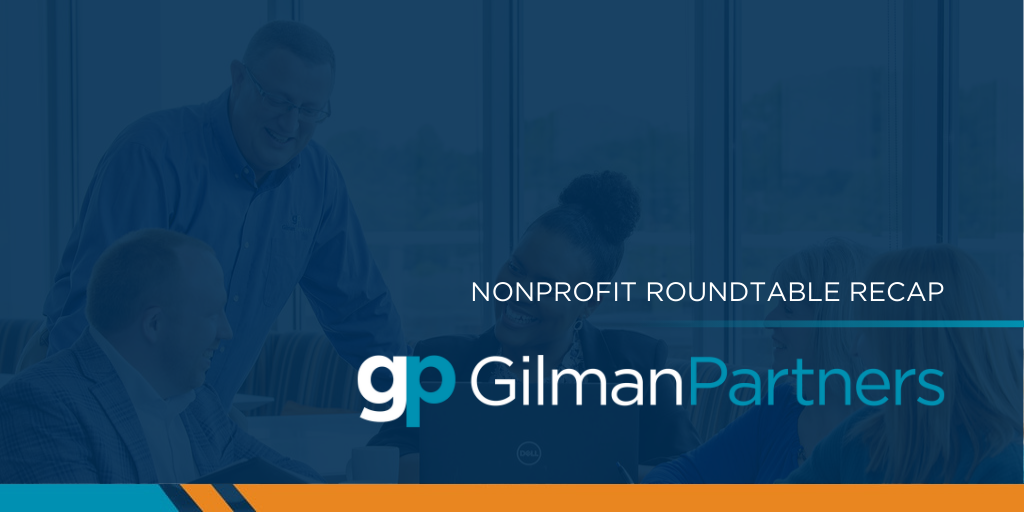Gilman Partners hosted a roundtable discussion with HR leaders from across the region to talk about their thoughts on current issues impacting their organizations. Below are some of the key takeaways from the discussion:
Non-Compete Ban
The Federal Trade Commission’s non-compete ban, initially scheduled to take effect on September 4, 2024, has been halted by a Texas court. Due to a nationwide injunction, the rule is not currently in effect and employers are not required to comply with it. The organizations represented in our roundtable discussion have taken different responses to the ruling.
One HR leader shared her organization decided to stop using non-competes with new hires because they believe it’s “the direction we’re heading” and because their organization doesn’t litigate violators anyway. They are keeping existing non-competes in place for now. Another HR leader shared his organization only uses non-competes with its salesforce and they have decided to keep them for the time being. The HR leader of a global company said his organization takes their no-solicitation and non-compete policies so seriously that employees must sign them in order to be eligible for the company’s annual bonus plan.
Overtime Exemption
On July 1, 2024, the U.S. Department of Labor issued a new overtime rule that significantly increased the minimum salary threshold for overtime exemption. The minimum salary threshold for the executive, administrative, and professional exemption increased from $684 per week to $844 per week, or about $43,888 per year. The minimum salary threshold will increase again on January 1, 2025 and automatically update every three years starting on July 1, 2027. The shift was intended to address wage inequality as many workers who were classified as exempt were still working long hours without receiving overtime pay.
Several HR leaders shared the ruling has already had significant impact on their organizations as many have spent a lot of time re-evaluating exempt status for job roles, revising job descriptions, and implementing pay increases to maintain certain positions as exempt.
The HR leaders of some organizations said they see the new role as a righting of the classifications and one said his employer views it as a way to help employees with an off-cycle raise. But estimates of what the rule change will cost vary widely based on industry type and the makeup of existing roles.
The change from exempt to non-exempt is being viewed by some impacted employees as a demotion or de-valuation of their positions. An HR leader said some of her employees are asking, “Why am I eligible for overtime? I’m a professional.” Her organization is working with managers to help them with messaging to their teams.
The changes have made compensation equity top of mind for several HR leaders who said they are conducting pay equity assessments. Others are using the new rule as an opportunity to build more advancement opportunities for those in the non-exempt band. They have added more levels for career growth and a path to becoming an exempt employee.
Focus on Equity
Recently, some organizations across the U.S., including SHRM, have made a move to remove the word “equity” from their DEI initiatives and put the emphasis on inclusion and diversity. Others have re-branded their DEI initiatives with a different name.
Of the HR leaders who spoke up in our roundtable discussion, all were either keeping their existing DEI policies or doubling down on efforts. The HR leader of a local arts organization said her organization wants to be reflective of the community it serves and wants everyone to feel welcome. Her organization focuses on what they call DEIA – with the “A” standing for Accessibility. Another noted that two years ago they changed DEI to EID because they felt equity needed to be their primary focus and would bring inclusion and diversity in many different areas as a result. Another leader shared her organization has replaced DEI with the phrase, “Employee Experience.”
As the participants of our roundtable discussion demonstrated, HR leaders are always adapting to an evolving landscape, staying on top of new trends and fine-tuning their policies to meet the changing needs of their teams and organizations.



